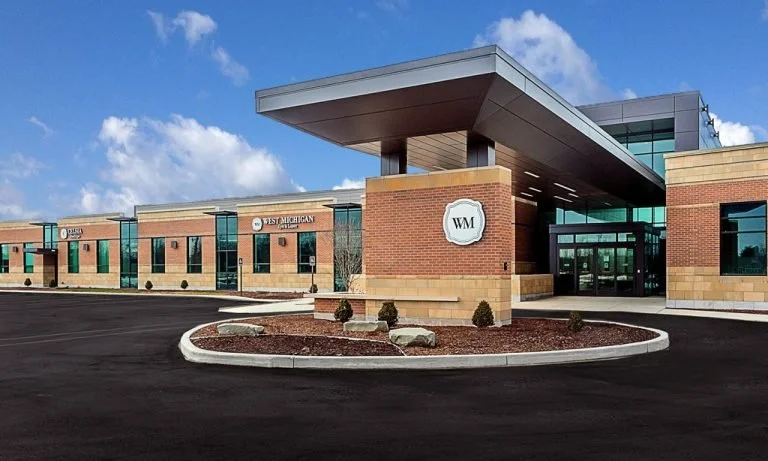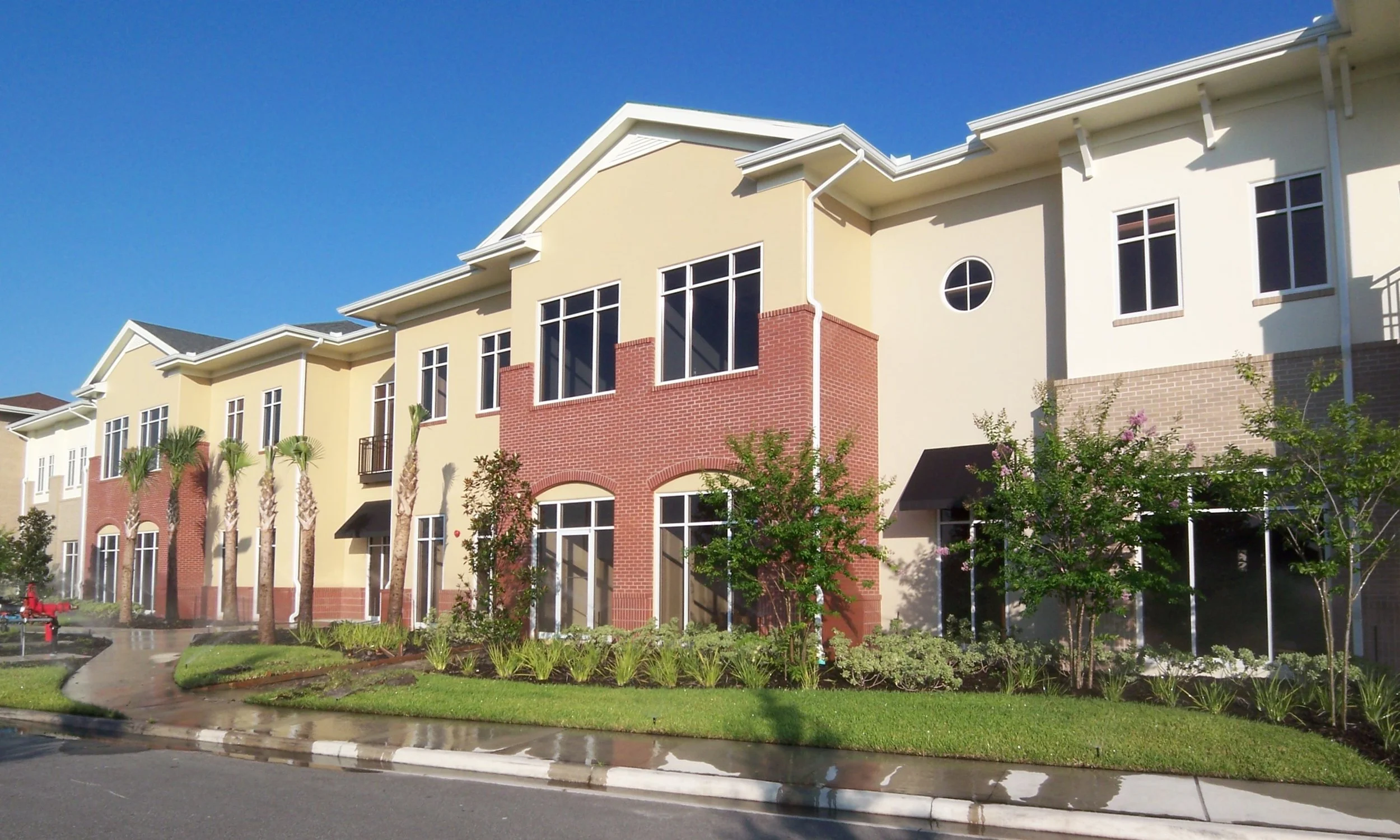Extracting Value Through a Sale-Leaseback
LATEST NEWS
Medical Office sales surpassed $25bn in 2022, making it the eighth consecutive year they have exceeded $10bn. The continued growth can in part be attributed to the sale-leaseback strategy which many healthcare owner/occupiers have capitalized on.
WHAT IS A SALE-LEASEBACK?
A sale-leaseback occurs when a property owner sells its real estate and as part of the same transaction, simultaneously leases it back under a long-term lease with the buyer. This process allows property owners to monetize their real estate assets while maximizing proceeds. Operators can then obtain higher returns by redeploying their capital to modernize facilities, reduce debt or expand a facility, or for other core business purposes.
KEY BENEFITS OF A SALE-LEASEBACK?
Improved Financial Statement: The gain realized from the sale increases liquidity and can often be amortized on the corporation’s income statements.
Maintain Control: Maintain full operating control over the space in a lease with tenant-favorable terms.
Retire Debt: Paying down existing debt which will in turn relieve any personal loan guarantees.
Tax Benefits: Rental payments under a lease are typically fully deductible against the company’s taxable income. With traditional financing, a group is only able to deduct interest and depreciation.
Retained Ownership: The ability to sell and retain a minority ownership interest in the real estate through a joint venture partnership.
Unlock Capital: Redeploying the sale proceeds to core business strategies that yield a higher return.
Improved Balance Sheet: Converting a long-term non-liquid asset into working capital to reinvest back into the operations or development.
Fair Market Rent (FMR): The ability to roll down rent to FMV at the end of the initial lease term with Fair Market lease extensions.
Management: The ability to either continue self-managing the asset, or if preferable, relinquish certain responsibilities to a management team.
Reduce Conflict: Eliminate challenges of having future physicians as owners in the practice but not in the real estate.
UPREIT: The ability to structure a tax-deferred transaction through an UPREIT transaction.
Equity > Cash: A Sale-leaseback allows you to unlock 100% of the equity in most common financing scenarios, a bank will only allow you to borrow up to 60-70% of the equity your property holds.
WHY CONSIDER NOW?
Increasing transaction volumes and investors embracing value-based care—coupled with large levels of corporate cash and private equity "dry powder"—are leading to continued demand for healthcare real estate in 2023.
As a result, the sale-leaseback process is an important strategy in unlocking the long-term value of real estate, better positioning a business for growth, and more favorable than current mortgage options.
Your Trusted Healthcare Real Estate Partner
CREG | U.S. HEALTHCARE INVESTMENT SALES
Andrew R. Larwood
Managing Partner & Principal
m: +1 (770) 845-2091
andrew.larwood@capitalre.com
Allen C. Inman
Managing Partner & Principal
m: +1 (404) 550-7897
allen.inman@capitalre.com
Joshua D. H. Rees
Managing Partner & Principal
m: +1 (858) 312-0657
josh.rees@capitalre.com






















